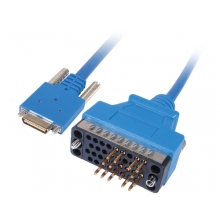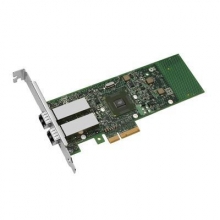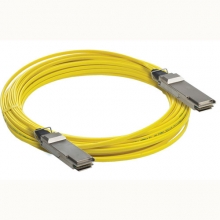- Optical Transceivers
- SFP+ Transceivers
- XENPAK Transceivers
- XFP Transceivers
- X2 Transceivers
- SFP Transceivers
- Compatible SFP
- 3Com SFP
- Alcatel-Lucent SFP
- Allied Telesis SFP
- Avaya SFP
- Brocade SFP
- Cisco SFP
- D-Link SFP
- Dell SFP
- Enterasys SFP
- Extreme SFP
- Force10 SFP
- Foundry SFP
- H3C SFP
- HP SFP
- Huawei SFP
- Intel SFP
- Juniper SFP
- Linksys SFP
- Marconi SFP
- McAfee SFP
- Netgear SFP
- Nortel SFP
- Planet SFP
- Q-logic SFP
- Redback SFP
- SMC SFP
- SUN SFP
- TRENDnet SFP
- ZYXEL SFP
- Other SFP
- FE SFP
- GE SFP
- OC3 SFP
- OC12 SFP
- OC48 SFP
- Copper SFP
- CWDM SFP
- DWDM SFP
- BIDI SFP
- Fiber Channel SFP
- Multi-Rate SFP
- SGMII SFP
- Compatible SFP
- GBIC Transceivers
- Passive Components
- Networking
- Cables
- Equipments
- Tools
- Special Offers


Cable Show 2012: Cable Architects Map Out Ways To Extend Lifespan of HFC
Cable's hybrid fiber-coax networks could become even more efficient by moving network processing out of the headend into the "cloud" while also pushing RF transmission out to network nodes, speakers said on a panel here Tuesday.
Gerry White, chief architect of Motorola Mobility's Network Infrastructure Solutions group, outlined an architecture in which network equipment would be consolidated into a data center, while putting access-specific functions (at the MAC/PHY layer) into HFC nodes.
"As we start to think about our next-generation protocols... this is perhaps the ultimate direction where we go," said White, speaking during the 2012 Spring Technical Forum session "HFC 2.0: The Evolution of Architecture."
The benefits of such an architecture would be reduced power and cooling demands in the headend, while allow MSOs to use standard Ethernet or optical networking equipment throughout most of the network. It also would require no changes to customer-premises equipment.
"It would be more in line with standard I.T. world," he said.
However, White noted, "We don't know if we can make that split work... We have to be able to split the protocols out, and that's work that still has to happen there."
Motorola has no product plans for such a solution, he said, adding that the approach might be five to 10 years off.
But in a following presentation, Rei Brockett, product manager in Aurora Networks' video products group, said to White that "that future is closer than you might think."
Aurora's node-based QAM concept extends IP all the way to the node, where the signal is converted into RF. That improves utilization of the fiber-optic network and reduces potential RF leakage problems, Brockett said.
"It's a gradual migration, not a forklift," she said. "You start adding QAMs as you need them in the node."
Also during the session, Alon Bernstein, software architect in Cisco Systems' cable business unit, presented a proposal to update the DOCSIS protocol at the MAC layer -- which is about 15 years old -- to a software-based approach. The DOCSIS protocol is "starting to show its age," Bernstein said.
The panel was moderated by Daniel Howard, chief technology officer and senior vice president of engineering for the Society of Cable Telecommunications Engineers.



















































